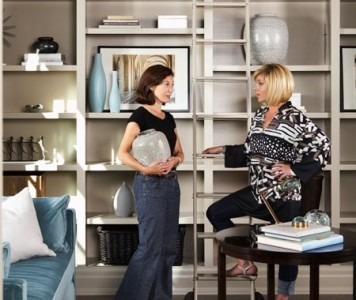In creating a home design today, the trend is towards neuro-architecture. This means taking into consideration certain factors such as light, space and room layout to ensure the physical and mental well-being of the occupants.
According to experts in architecture and design, the concept here is to consider the effects of each feature of the architectural environment on the brain processes notably those involving emotions, memory and stress. They say homeowners can do some improvements in their abode that will also help enhance their moods.
One aspect to consider is the home decor. Families can place picture frames of their happy moments in the living room or hallways or display books they’ve read on the shelves. Research has shown that seeing something familiar around the house helps family members stay grounded.
The kitchen should also be made as both a social and dining area. It should be a functional space as well where the children can do their homework and relax while sharing stories. A good way to renovate it is to position the cooking area in a way that mom or dad does not face a wall but faces the table or bar where they eat. A kitchen with a good view of a beautiful landscape or one facing a door is also ideal.
Creating huge windows or a balcony is another technique that lets people relax. This lets them see the weather outside which can be emotionally uplifting.
Using curves instead of straight lines and edges is an effective mood enhancing techniques. This applies to furniture, counter tops and cabinets. Curves help promote contentment and relaxation.
Finally, having your own place proves to be effective in enjoying the peace and privacy you so desire. This can be in your own bedroom or any place in the house where you can be alone and do stuff that you like.
Image via houseandhome
